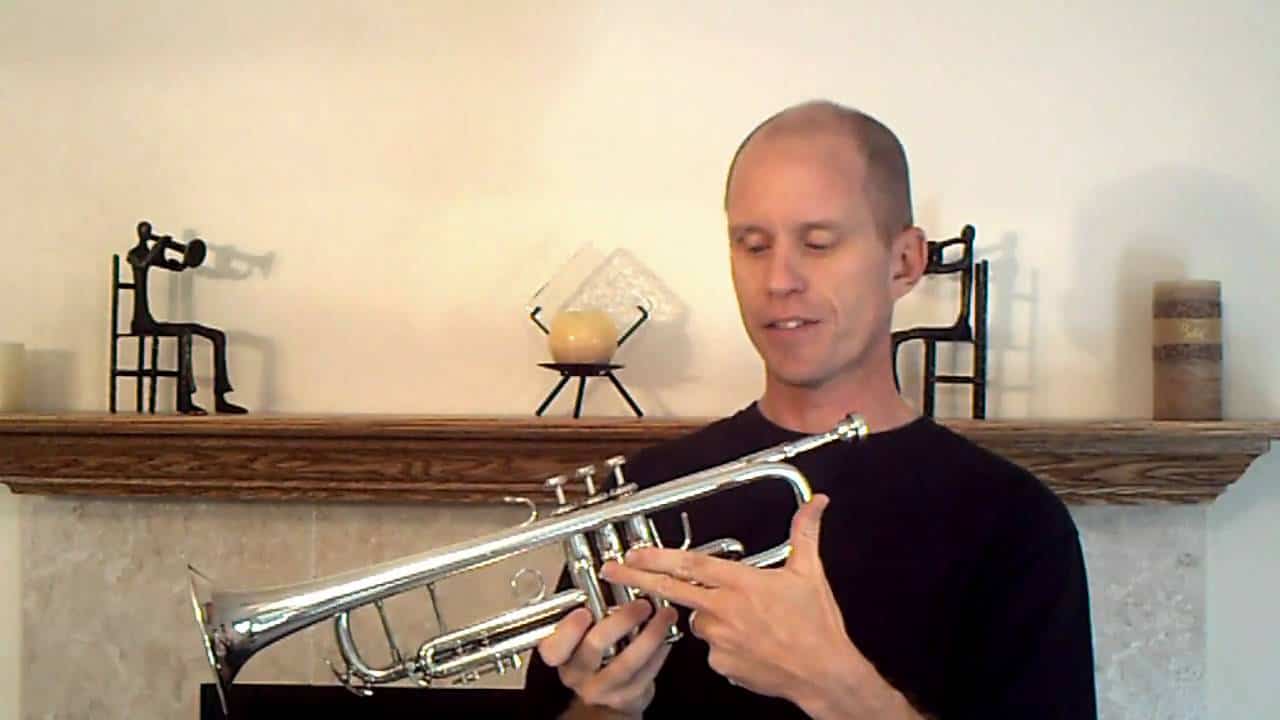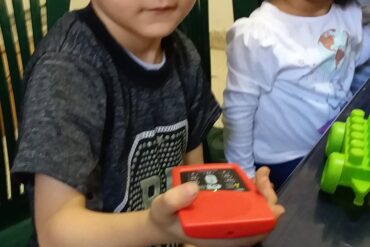“`html
Beginner’s Guide: How to Play Trumpets for Parents
Hey there, super-parents! Are you ready to help your child embark on a musical journey with the trumpet? Well, you’re in for a delightful adventure! Playing the trumpet can be an exciting and rewarding experience for your child, and with a bit of your support and encouragement, they’ll be tooting melodious tunes in no time. So, let’s get those trumpets out and start this symphonic quest together!
Choosing the Right Trumpet
Before you dive into the world of notes and scales, the first step is to find the perfect trumpet for your budding musician. Here’s what to look for:
- Size: Trumpets come in various sizes. For young learners, consider a smaller, lightweight model that won’t strain their delicate arms.
- Type: There are different types of trumpets. The B-flat trumpet is the most common for beginners and is used across various music genres.
- Rent or Buy: If you’re not sure whether your child will stick with the instrument, renting might be a good option. If you’re committed, buying a trumpet could be a worthwhile investment.
- Quality: Look for reliable brands with a reputation for producing quality instruments that produce a good sound and are easier to play.
Understanding the Trumpet
The trumpet might look simple, but it’s made up of several parts, each with its own name and function. Familiarize yourself and your child with terms like the mouthpiece, valve casing, tuning slides, and bell. Knowing these parts helps understand how to care for and play the trumpet correctly.
Making That First Sound
Now comes the fun part—making music! But first, your child needs to learn how to produce a sound. Here’s a simple introductory exercise to try:
- Have your child sit or stand with good posture to allow for proper breathing.
- Start with just the mouthpiece. Have them buzz their lips into it, practicing turning the buzzing into a consistent sound.
- Once they can make a sound with the mouthpiece, attach it to the trumpet.
- Encourage them to gently blow into the mouthpiece with the trumpet assembled, pressing down the valves as they become more confident.
Remember, patience is key! These first few sounds might be more ‘honks’ than ‘melodies,’ but each one is a step closer to playing a real note!
Basic Playing Techniques
Mastering the trumpet requires practice and the development of several techniques. These foundational skills include:
- Breathing Techniques: Strong, controlled breaths are crucial for playing the trumpet. Teach your child diaphragmatic breathing for better air support.
- Embouchure: The way a trumpeter shapes their mouth is called the embouchure. Help your child develop firm, but not tense, lips for clearer notes.
- Finger Placement: Proper finger placement on the valves is necessary for playing different notes swiftly and smoothly.
- Reading Music: Start with the basics of reading music. Understanding musical notation, rhythm, and timing is essential for playing any instrument.
It can be tempting to skip ahead to songs and melodies, but having these basics down pat will make the learning process much smoother and more enjoyable!
“`
In this beginner’s guide for parents, we’ve touched on the initial steps you can take to introduce your child to the world of trumpet playing – selecting an appropriate instrument, understanding its parts, making the first sounds, and basic playing techniques. Continue to be involved and show enthusiasm for their progress; your support is instrumental (pun intended!) in their musical growth. Remember, with every practice session, your child is not only learning how to play an instrument but also building confidence, discipline, and a love for music that could last a lifetime. Keep encouraging those sweet trumpet serenades!

Beginner’s Guide: How to Play Trumpets for Parents ??
Welcome, awesome parents! You’re on the brink of a harmonious adventure – assisting your child in discovering the joys of trumpet playing. This guide is a treasure trove of insights to help you along. Let’s make some music!
1. Trumpet Selection Basics
Finding the right trumpet is where the melody begins. Keep in mind:
- Size & Weight: Opt for a lighter trumpet to accommodate your youngster’s embrace.
- Type: The B-flat trumpet reigns supreme for novices and offers great versatility.
- Rent vs Purchase: Uncertain future virtuosos? Renting might be your best bet. Ready for a commitment? Buying is the way to go.
- Quality Matters: Invest in a quality brand – it pays off in sound and playability.
2. Decoding the Trumpet
Though sleek, the trumpet is a complex character. Learn about mouthpieces, valves, and more to demystify its charming yet boisterous personality.
3. Producing the First Note
Transforming buzzes into harmonious sounds is a thrilling process. Help your child through this initial phase with patience and understanding.
4. Mastery Through Basic Techniques
The right foundation in breathing, embouchure, finger placement, and music reading sets your child up for success. Dive deep into these skills before heading straight for the melodies.
5. What Comes Next?
After conquering the basics, it’s time to look ahead. Establishing a practice routine, caring for the trumpet, and finding the right resources will amplify your child’s musical journey.
Preparing Your Home for Practice
Practice makes perfect, but it also makes noise! Here’s what you need to know to create a harmonious home environment:
- Designate a Practice Spot: Choose a comfortable and quiet area in your home where your child can practice without interruptions.
- Set a Schedule: Regular practice is key. Work with your child to create a manageable routine that fits into their daily activities.
- Embrace the Noise: Trumpet playing can be loud. Consider soundproofing options and notify neighbors to maintain peace.
- Patience is a Virtue: Your budding musician will hit a few sour notes. Offer encouragement and celebrate progress, no matter how small!
- Join the Fun: Why not learn alongside your child? Sharing the experience can boost motivation and create lovely duets!
Additional Tips and Tricks
As your child progresses, expand your knowledge with advanced tips on techniques, varied musical styles, and improvisation. Your active interest and support elevate their musical experience.
See more great Things to Do with Kids in New Zealand here. For more information see here
Disclaimer
The articles available via our website provide general information only and we strongly urge readers to exercise caution and conduct their own thorough research and fact-checking. The information presented should not be taken as absolute truth, and, to the maximum extent permitted by law, we will not be held liable for any inaccuracies or errors in the content. It is essential for individuals to independently verify and validate the information before making any decisions or taking any actions based on the articles.




